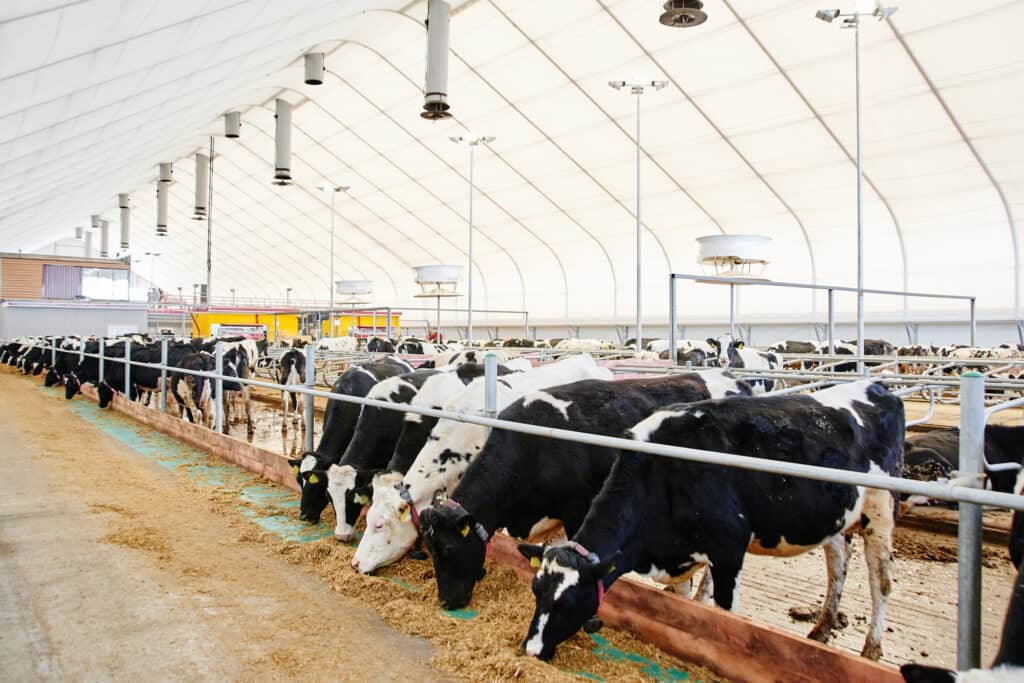
The latest rainfall events across Australia’s east coast, varying from 25mm to 150mm, have had a notable impact on the cattle market, leading to an uplift in prices across various cattle indicators. This trend is closely linked to the rainfall patterns over the past two months, as reported by the Bureau of Meteorology.
In-Depth State-Wise Analysis
New South Wales (NSW): NSW has seen considerable rainfall in recent weeks, typically ranging from 50mm to 150mm, with some regions receiving even more.
This has positively influenced cattle prices in the state. The feeder steer indicator has shown a significant increase of 91 cents, reaching 278 cents per kilogram live weight (lwt). Notably, cattle sales in New England and the Central West have been more robust compared to those in the Riverina, attributed to the north of NSW being drier before the rains and receiving more rainfall in the last two weeks.
Queensland: In Queensland, cattle prices have experienced the most substantial increase over the past month. The feeder steer price has escalated by 115 cents to 329 cents/kg lwt. Prior to the recent rains, Queensland’s rainfall in October was considerably below the average, making it drier than other east coast areas. The recent rains have thus had a pronounced positive impact on market confidence, reflected in increased prices and yardings.
Victoria: Victoria’s scenario is slightly different. The state had a wet winter, which did not impact the market as significantly as in NSW and Queensland.
However, cattle prices in Victoria have still risen, driven by increased confidence among local producers and growing interstate demand. The feeder steer indicator in Victoria has risen by 26 cents to 229 cents/kg lwt over the last month, marking the highest level since September.
Western Australia (WA): The contrast is stark in Western Australia, where minimal rainfall over the last fortnight has led to drier conditions than the east coast. This has resulted in a 6-cent decrease in the feeder steer price to 192 cents/kg lwt over the past month, deviating from the 2023 trend where WA prices were slightly higher than those on the East Coast.
This detailed analysis of the Australian cattle market underscores the significant role environmental factors like rainfall play in influencing market trends and pricing across different states.
The recent rainfall has brought a much-needed boost to cattle prices, particularly in NSW and Queensland, while highlighting the varying market responses in Victoria and Western Australia.



